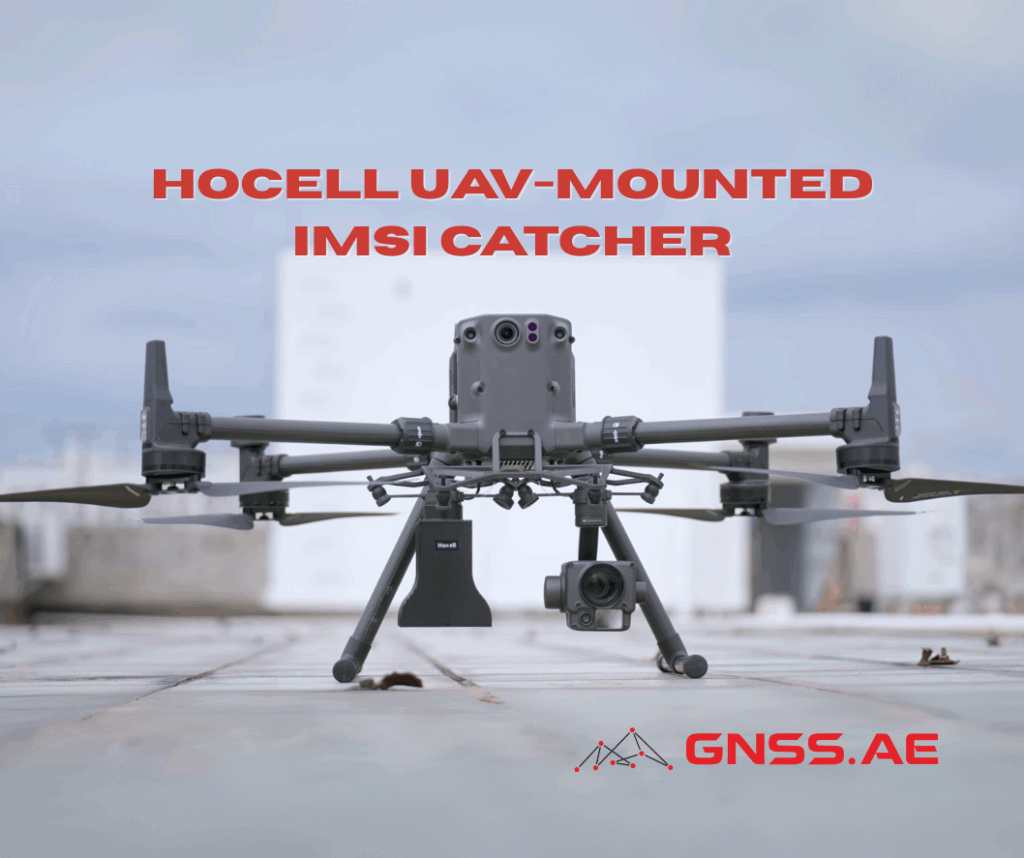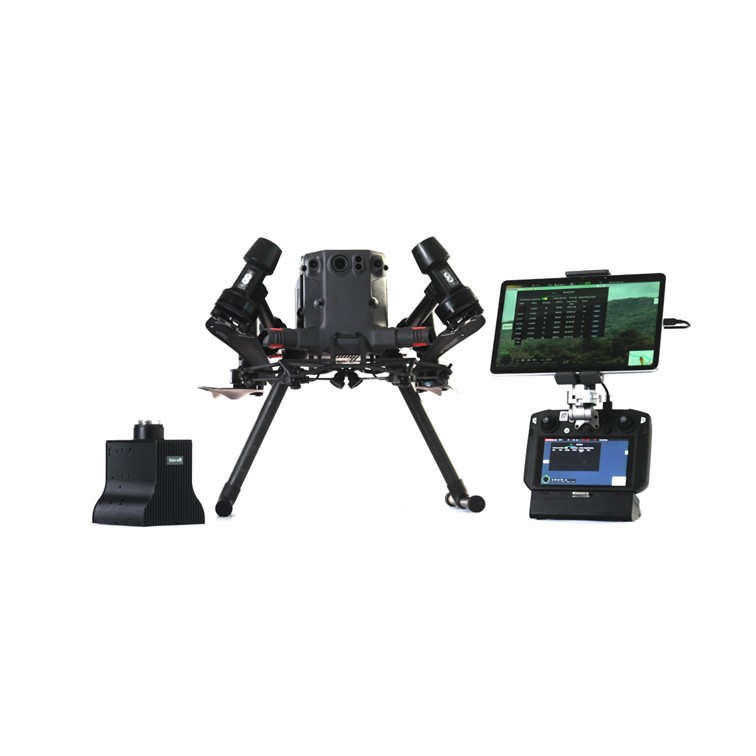
Hocell Drone-Mounted IMSI Catcher is a compact, purpose-built cellular signal-intelligence payload designed to be carried on unmanned aerial vehicles (UAVs). By simulating a legitimate cell-site and identifying mobile devices through their IMSI (International Mobile Subscriber Identity), the system enables rapid detection, enumeration and geo-location of mobile phones across large and complex environments. Its primary mission profiles are Search & Rescue (SAR) and law-enforcement surveillance, where speed, mobility and reach are decisive.

Hocell Drone-Mounted IMSI catcher presents itself to nearby handsets as a valid base station, inducing those devices to register and exchange limited signaling metadata. The Hocell unit extracts the IMSI—or other non-content identifiers—and reports presence, count and relative signal metrics back to the operator. When integrated with a drone, the module provides:
A reduced-size, low-weight IMSI module engineered for drone payload constraints (weight, form factor, power).
Power and communications interfaces for mission control and real-time telemetry/data streaming.
Airborne deployment capability to minimize RF path loss and penetration loss through obstacles, improving detection and localization performance.
The airborne vantage allows the system to perform 360° sweeps at variable altitudes, enabling rapid RF characterization of an operational area and triangulation or signal-strength based localization of target handsets.
In disaster response and remote-area rescue, the Hocell drone-mounted IMSI Catcher serves as a force multiplier:
Efficiently detects and locates missing persons carrying mobile phones—whether buried (e.g., under rubble after an earthquake), trapped inside structures, lost in forested terrain, or stranded on steep slopes.
Detects both “visible” and “invisible” targets (for example, phones that are not actively used but still emit periodic signaling).
Rapid aerial coverage reduces time-to-detection, with a documented search rate (Hocell system) on the order of 200 m²/s under typical flight parameters—translating to vastly faster area sweeps than ground teams.
Outputs useful operational data: presence/absence, number of devices detected, and geolocated positions to guide ground responders.
Faster detection directly translates into higher survival probability in time-critical incidents, while aerial access enables search in areas that are inaccessible or hazardous for personnel.
For authorized public-safety operations, the system enables:
Airborne detection and tracking of target handsets to assist in locating suspects or persons of interest.
Rapid assessment across multiple structures and urban blocks by changing altitude and azimuth to minimize RF propagation and penetration losses.
Integration into existing operational workflows to provide actionable location cues for tactical teams, helping reduce search time and increase mission success rates.
Successful integration of an IMSI catcher onto a UAV requires attention to several practical factors:
The Hocell Drone-Mounted IMSI Catcher combines airborne mobility with cellular signal intelligence to deliver fast, scalable detection and localization of mobile devices for both search & rescue and authorized law-enforcement missions. By extending reach into areas too dangerous or impractical for ground teams and by improving detection speed and success rate, drone-mounted IMSI catchers are a force-multiplying capability—provided they are used within lawful and ethical frameworks. For agencies operating in time-critical or hard-to-access environments, the Hocell solution represents a practical, high-impact option to save lives and enhance operational effectiveness.